Ceanothus Leaves Turning Brown Or Yellow Are A Common Sign That Something Is Wrong
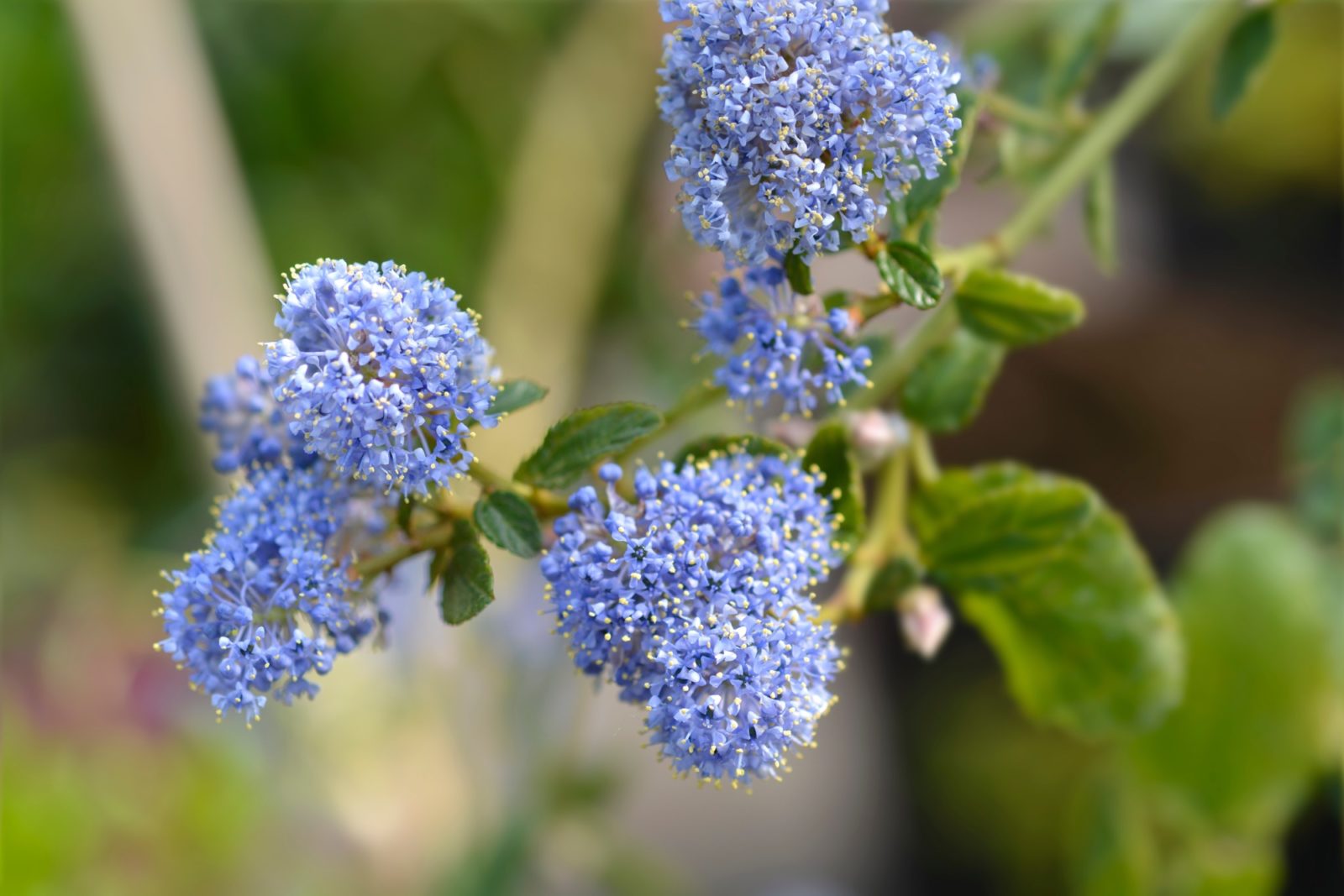
SHRUBS > CEANOTHUS > DISCOLOURED

Elizabeth is a Permaculture Garden Designer, Sustainability Consultant and Professional Writer, working as an advocate for positive change. She graduated from the University of St. Andrews with an MA in English and Philosophy and obtained a Diploma in Applied Permaculture Design from the Permaculture Association.
Reviewed By ROY NICOL

Roy is a Professional Gardener and Horticultural Consultant, specialising in large garden year-round maintenance and garden development. He is an RHS Master of Horticulture and uses his research in the application of no-dig methods in ornamental garden settings. Roy has been a Professional Gardener for more than six years and is a member of the Chartered Institute of Horticulture, Professional Gardener's Guild and Association of Professional Landscapers (Professional Gardener).
IN THIS GUIDE
CEANOTHUS GUIDES
Container Growing
Cuttings Propagation
Discoloured Leaves
Pruning
Varieties
Ceanothus can be relatively easy shrubs to grow.
However, they can be rather picky about where they are grown and, if you place one of these shrubs in the wrong position or care for it incorrectly, there are a number of things that can go wrong.
Leaves turning brown or yellow are common signs that something is wrong.
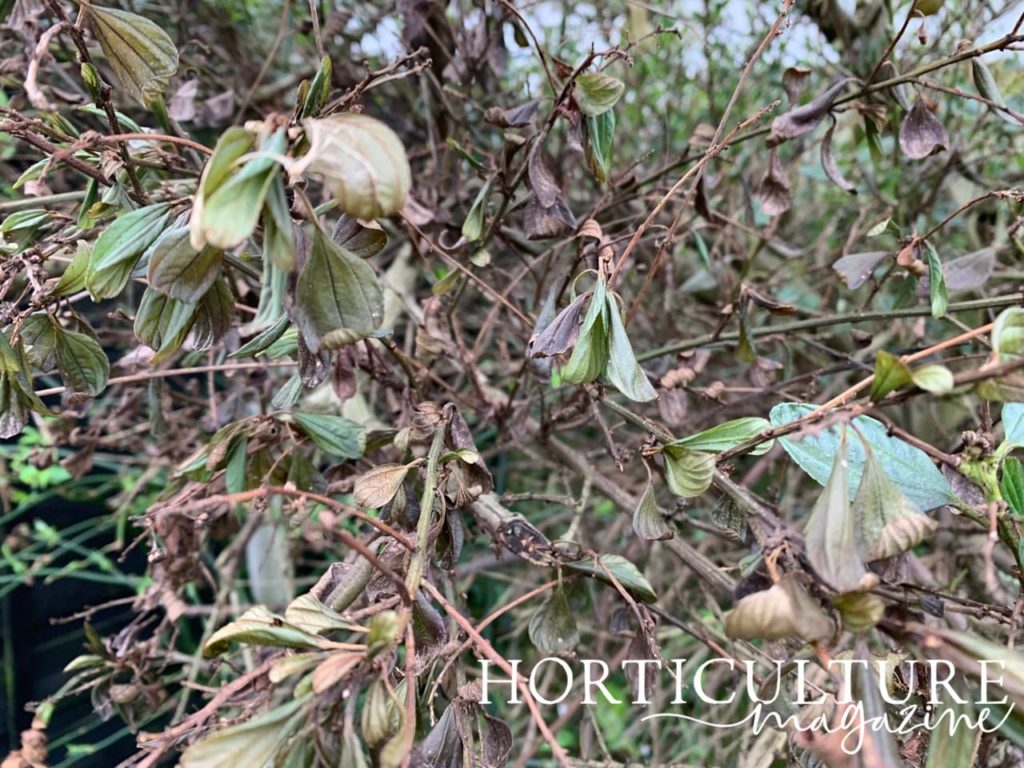
Brown leaves are commonly a sign of:
- Frost damage
- Wind burn
- Water issues
Yellow leaves can be a sign of:
- Waterlogged soil or water shortages
- Nutrient problems
Read on to find out more about what might be causing this discolouration on your ceanothus leaves.
Brown Leaves
Brown leaves on a ceanothus plant are usually a sign that something is not right with the environmental conditions in which you are growing your plant.
1) Frost Damage
Most commonly, brown leaves on a ceanothus are caused by frost damage.
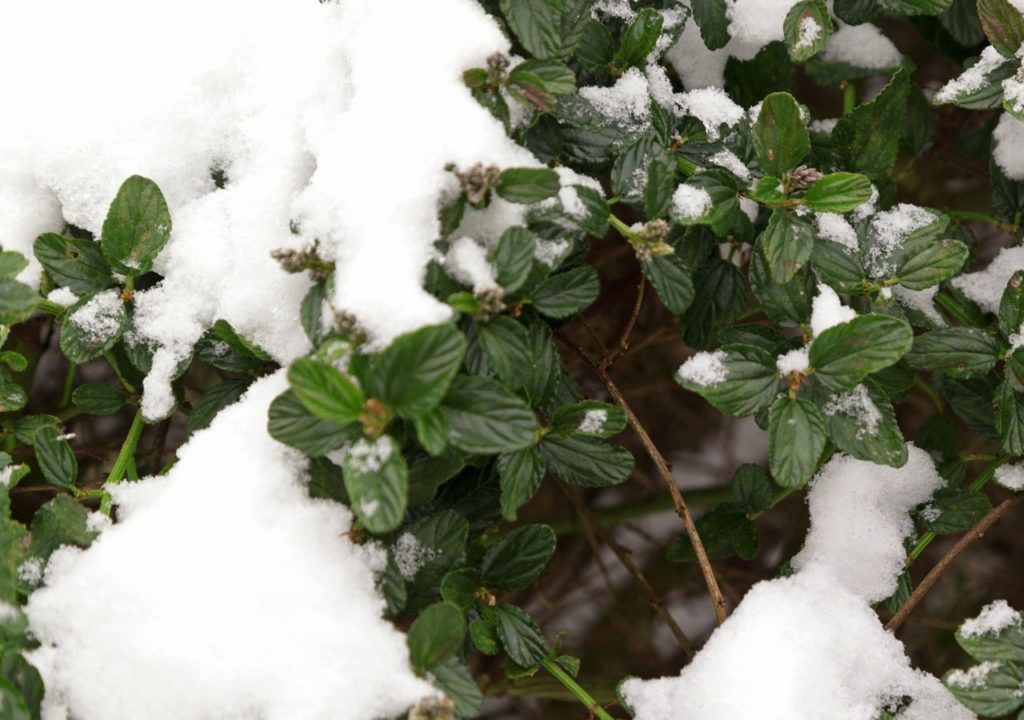
Ceanothus plants are somewhat hardy but can suffer damage during extreme winters or in colder and more exposed locations.
Fortunately, a little frost damage can be removed and the plant should usually recover.
2) Wind Burn
Brown leaves can also be caused by wind burn.
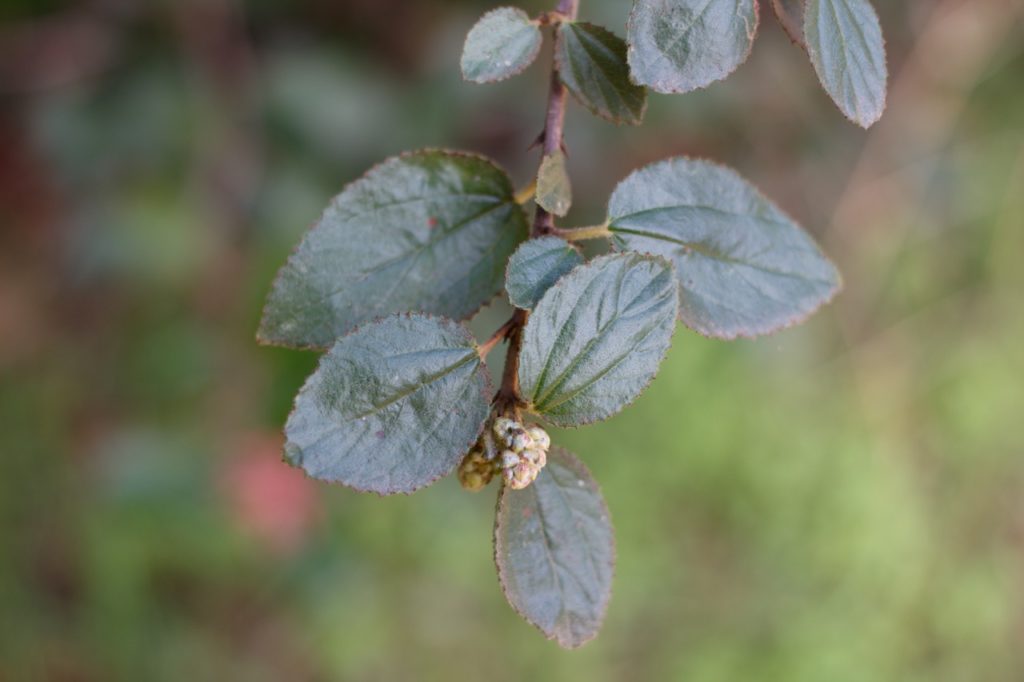
It is important to grow ceanothus in as sheltered a position as possible, as winds can cause leaves to dry out more quickly than water can be replenished, causing them to brown and die back.
3) Water Issues
Water shortage can be the reason for brown leaves, but it is important to work out whether that damage is caused by an actual lack of water availability or due to root damage, meaning that plants can’t take up the water they need.
Root damage is frequently caused by waterlogged soil, which may also lead to a fungal infection.
Ceanothus does need good drainage, so if your plant does not thrive, this is always one of the first things to look at.
Yellow Leaves
Yellow leaves on a ceanothus shrub are not always a cause for concern.
Some leaves will naturally yellow and drop off as part of the natural life cycle of the plant.
However, yellow leaves on a ceanothus shrub could also be a sign of an issue with water.
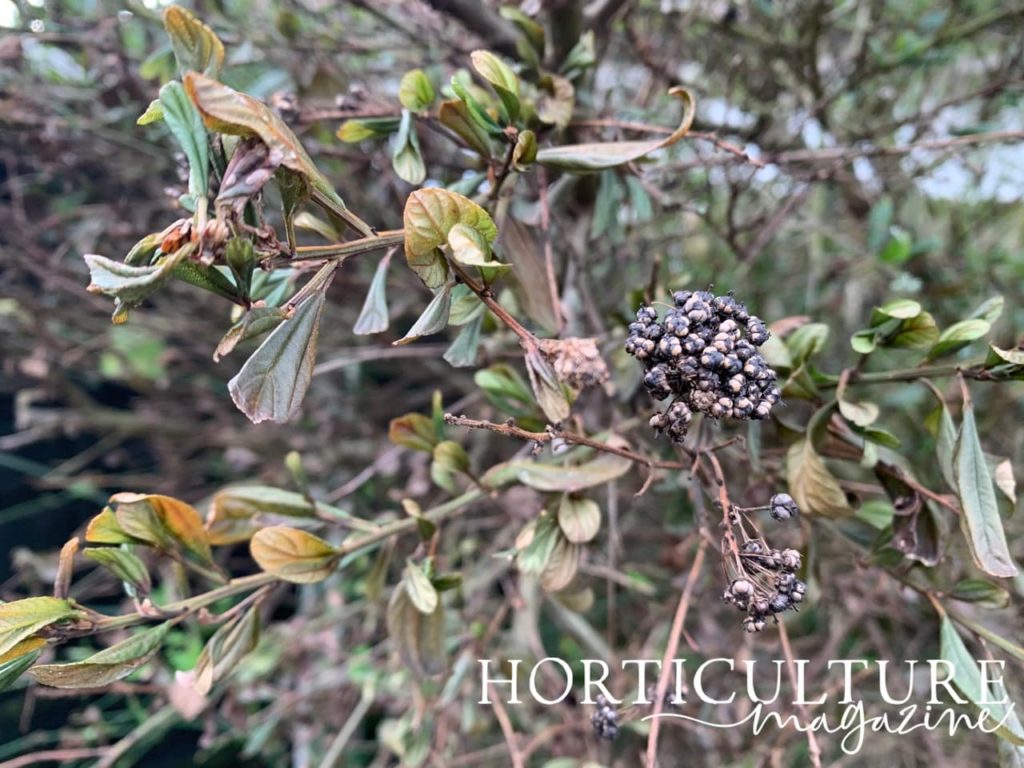
‘’While Ceanothus require watering while establishing, it’s crucial the soil drains well so the roots do not become waterlogged, and the application of a mulch of organic matter will improve the soil,” adds Master Horticulturist Roy Nicols.
“Once established, Ceanothus does not require regular watering and only needs a good soak in drought conditions.
“Overwatering is the most common mistake made when growing this plant.”
4) Over Or Under Watering
Most commonly, yellow leaves are a sign of either overwatering or underwatering.
Ceanothus are reasonably drought tolerant but can be rather fussy when it comes to their water needs.
If you have yellow leaves, you might have watered too much or too little, or you might be growing your ceanothus in a spot that is not ideally suited to its growth.
5) Nutrient Shortage
Yellow leaves can also be a sign of a nutrient problem.
Leaves can become yellow or discoloured due to a nutrient deficiency in shallow, chalky soil.
You may also have over-fertilised your plant.
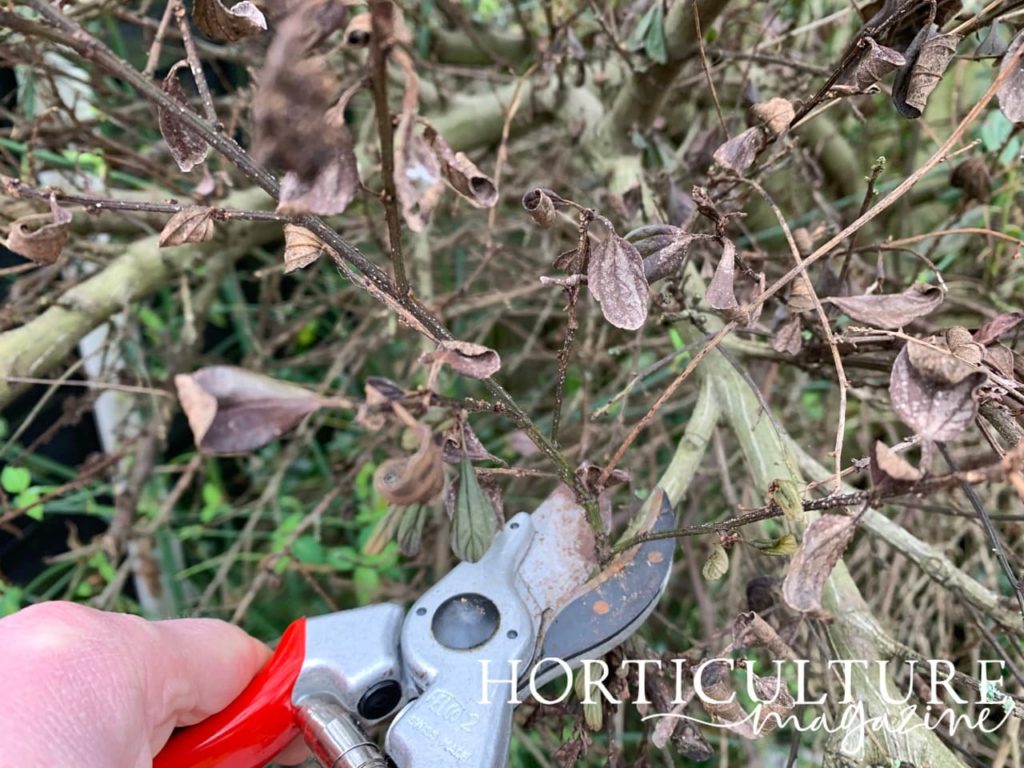
Of course, brown and yellow leaves can also indicate other problems such as pests or diseases.
However, when looking for a cause, you should always look first at the environmental conditions to make sure the fundamentals are correct and that you are growing your ceanothus in the right place and the right way.
